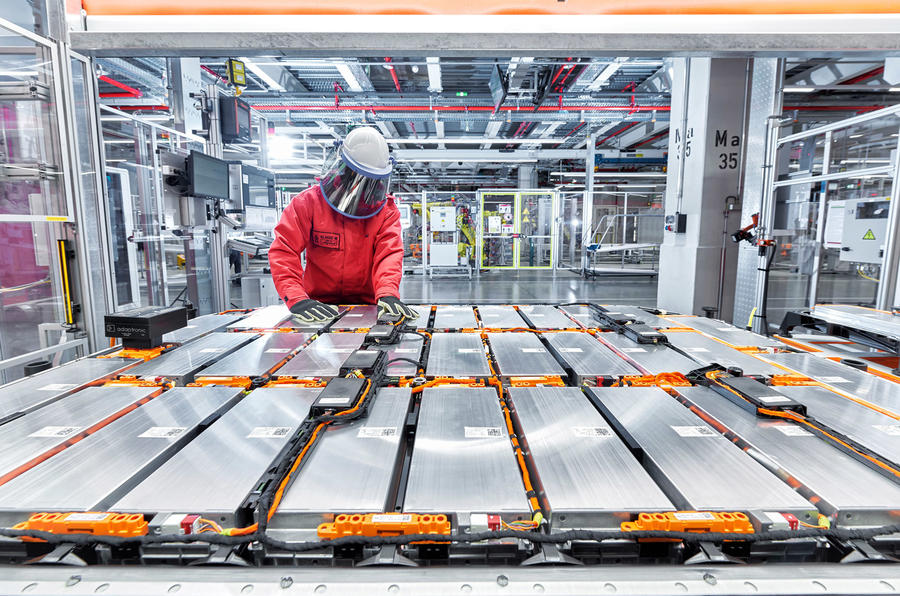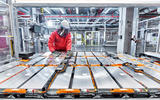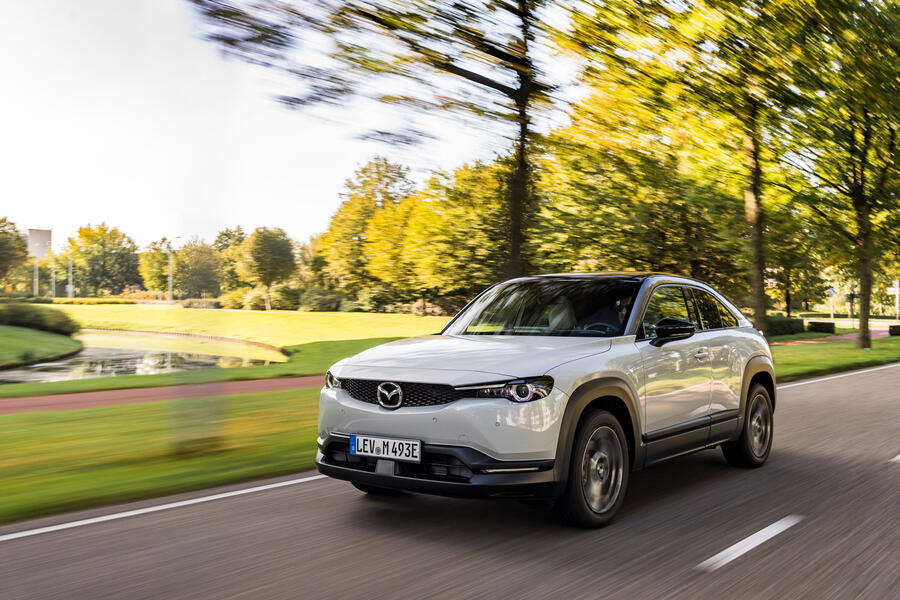Despite the vast advances in electric car technology in recent years, range anxiety remains an issue for prospective buyers. A survey last year by the Transport Research Laboratory (TRL), for example, showed that only 50% of consumers would consider an EV as a main car if it offered a range of 200 miles, but that figure rose to 90% if the range increased to 300 miles.
That’s reflected in the success of cars such as the Hyundai Kona, Jaguar I-Pace, Tesla Model 3 and other models with ranges close to or exceeding 300 miles – and several EVs with even longer ranges are planned.
But adding more lithium ion batteries to increase range comes at a price: they add to the cost of EVs for consumers, and the extra weight affects the dynamic performance of the vehicle while reducing its efficiency. And, crucially, adding more batteries adds to the CO2 used to produce an EV, in turn impacting one of their key environmental benefits.
Some car firms have now started to push back against the trend for bigger batteries. Mazda recently launched its first electric production car, the MX-30, which has a 35.5kWh battery offering a claimed 124-mile range. While the range is smaller than that of most of the MX-30’s electric SUV rivals, the firm’s European R&D boss, Joachim Kunz, says it was developed with the concept of “right-sizing” in mind.
“We don’t believe a very big battery, which means a large and heavy vehicle, is the right direction for the future for two aspects: the environment and for being fun to drive,” said Kunz. He noted Mazda’s emphasis on reducing ‘well-to-wheel’ CO2 emissions, which provides a measure of the total CO2 used during a vehicle’s creation and lifespan.
“Battery production comes with very high CO2 emissions from the material extraction and production,” he said. “This ‘backpack’ is much smaller if the battery is smaller, and during usage the energy consumption is lower because of the reduced weight.”
Mazda settled on the MX-30’s range by researching vehicle usage among its customers, balancing it against vehicle dynamics and production CO2 output. “We believe the normal usage is customers charging at home in the week, but for longer trips the range is sufficient to reach the next public charging station,” said Kunz.
In the UK and other markets, Mazda is developing a range-extender version of the MX-30, featuring a small rotary engine, which the firm says will offer similar range to a current petrol car but with less overall environmental impact than an EV with similar range.
















Join the debate
Add your comment
Range isn't everything
As someone who has owned an EV I agree, to a point, that range isn't everything. On long trips it's the total journey time which is most important. I would personally have a lower range as long - and this is the big one - that charging time was fast. By fast I mean 'at least as good as an etron' type fast. If you haven't got a really fast charging capacity then you need more range so that few journeys need recharging.
The issue from what I can see for the Mazda is that it neither has a good range nor a fast charging time. My old early i3 was like this. It was perfect for short journeys but apart from that it wasn't great. We needed a petrol car as well. Personally if I wanted this type of car now I'd buy an old i3.
Of course you could do some
Of course you could do some maths with the Tesla environmental impact report and work out that a Model 3 costs 14 tonnes of CO2 to make which is basically inline with a regular car on a per kg basis.
A smaller battery means more recharges in the vehicles lifetime, which means than you need to cut back the energy density of the battery which then cuts into the mass savings.
Hint the largest and most sucessful EV manufacturer might know what they are doing, must say I never find myself driving around thinking I wish I had less range and performance (which you get when you downsize the battery).
I'm in on EVs..........
.............when I can do in one my regular 500 mile trip to, from and around my business area, in a day. With all credit to the automotive engineers who have worked tirelessly for over 30 years to have my "distance to empty" show 850 miles when filling up after such a trip - during which I have far more constructive things to do than to sit waiting for a battery to charge.